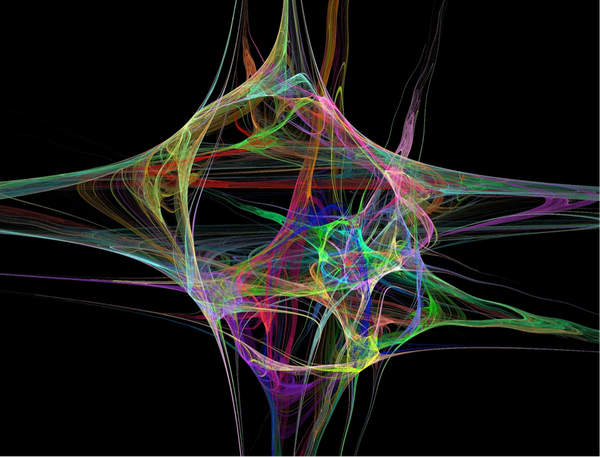This article was published in Scientific American’s former blog network and reflects the views of the author, not necessarily those of Scientific American
In the last couple of years memory science has really upped its game.
I generally write about social processes that can change our memories, but right now I can’t help but get excited that memory science is getting an incredible new toy to play with. A toy that I believe will revolutionise how we talk about, and deal with, memory.
This not-so-new sounding, but totally-newly-applied, neuroscience toy is ultrasound.
On supporting science journalism
If you're enjoying this article, consider supporting our award-winning journalism by subscribing. By purchasing a subscription you are helping to ensure the future of impactful stories about the discoveries and ideas shaping our world today.
Ultrasound is also called sonography and is essentially a type of ‘medical sonar’. It has revolutionized medicine since the 1940s, giving us the ability to look into the body in a completely safe way (without leaving icky radiation behind, like xrays).
Beyond predicting whether your baby shower will be blue or pink, lesser known applications of ultrasound include the ability to essentially burn and destroy cells inside your body. As such, it has been successfully used to do surgery without making any cuts into the human body. This is a technique that has been used to remove cancerous cells while not affecting any of the surrounding tissue, and without any of the side-effects associated with other kinds of cancer treatment. This is referred to by scientist Yoav Medan as focused ultrasound. If you are unfamiliar with this, you need to watch this TED talk. Non-invasive procedures like this are the future of surgery.
Non-invasive procedures are also the future of neuroscience. It is at this point that we find ourselves at the application of this astonishing science to memory research.
As of very recently, scientists have been able to use ultrasound to selectively and non-invasively control brain cells. In other words, we can remote-control individual cells in the brain. We can send a pulse of sound into a brain and change what that creature thinks and does. Crazy, right?
The underlying technology is called sonogenetics, and it was first announced as a technique that can modify brain cells in a paper published by scientist Stuart Ibsen and colleagues in 2015.
Most cells don’t automatically respond to ultrasound, so the first thing the scientists had to do was to modify the cells they wanted to control. To make this happen, the researchers genetically altered particular parts of particular brain cells. Once these cells were genetically altered, they responded to the ultrasound and could be controlled by the researchers from outside the brain.
Because memories consist of networks of brain cells, if we can change how brain cells work and connect with one another we have the potential to change our memories.
We could, hypothetically, use sonogenetics to get rid of connections we don’t like between particular memories, like removing strong emotions from traumatic memories. We could also potentially add or change connections between memory pieces to further study the neurological foundations of remembering, forgetting, and the science of false memory. This technology would allow us to tamper with the very structures that underlie our memories.
A sister concept, which has been shown to work in more complex creatures, is optogenetics, and it has been used to do things like create false memories in sleeping mice by shining lazer beams into their brains.
But, before you sign up for ultrasound memory therapy, I need to warn you that this technology is so new that it has only been tested in worms. This may seem disheartening, and it means that we have actually never shown that sonogenetics can work in humans, but the proof of concept is here and I think it is absolutely striking.
Consider this post a sci-fi vision of the near future, a prediction that an absolutely revolutionary change in memory science is on the horizon.
